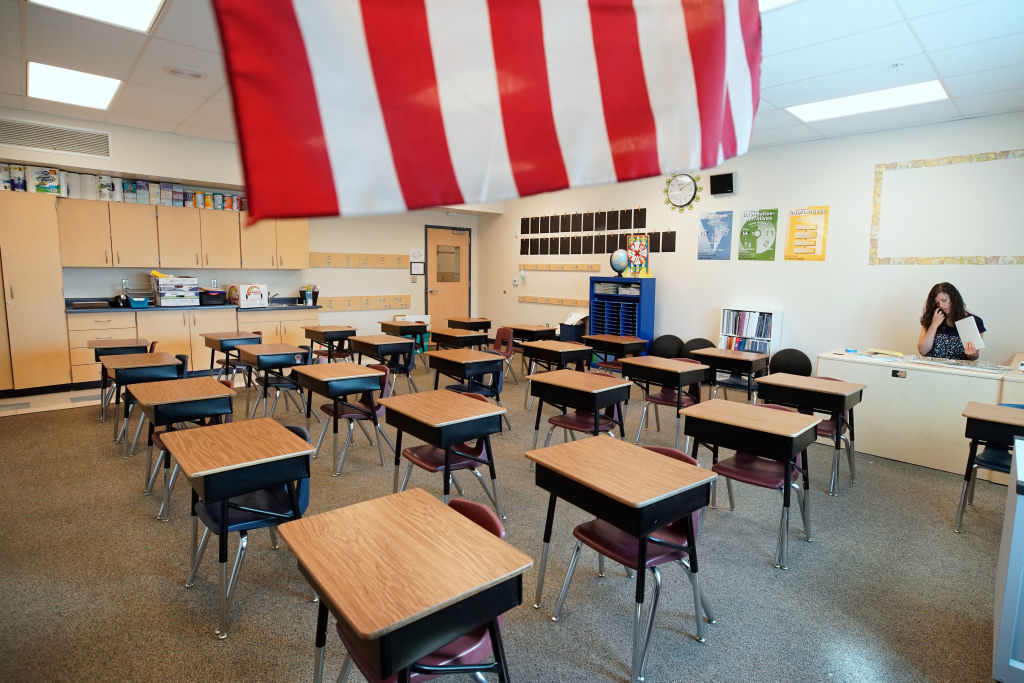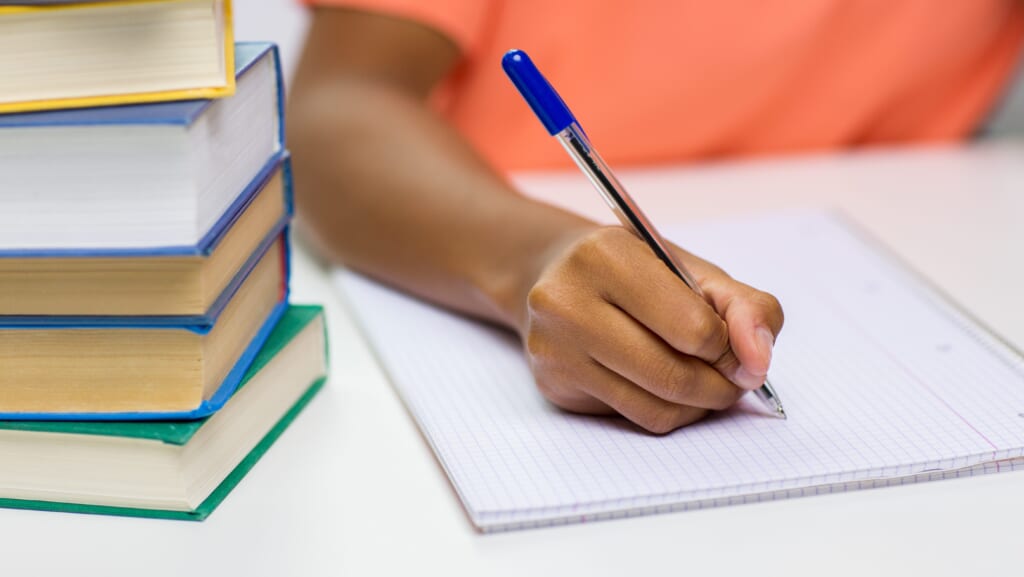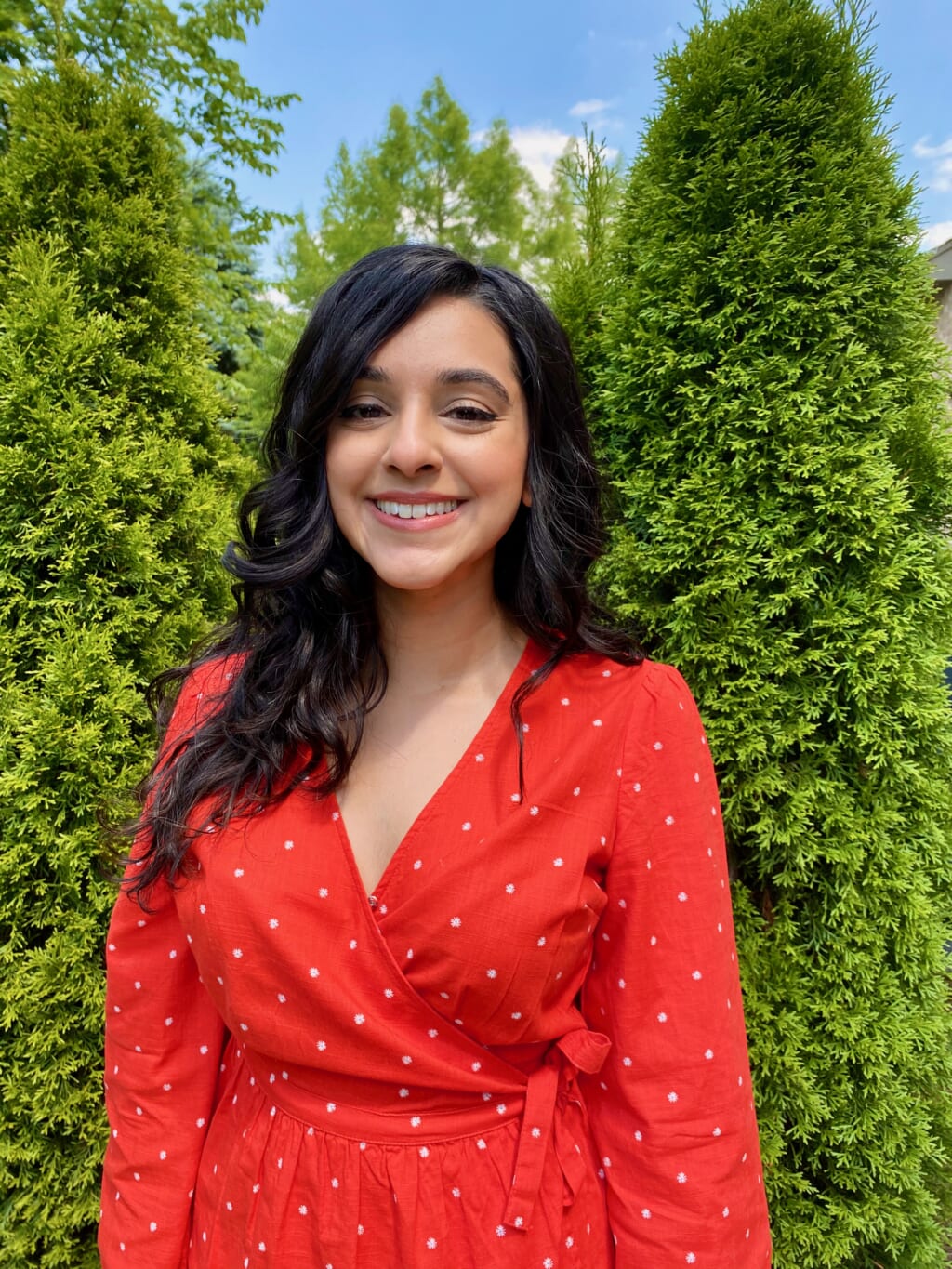Politicizing school reopening hurts Black and brown students the most
Racial disparities in unemployment rates, quality of education and household income are socioeconomic factors contributing to the debate of how schools should reopen

As the federal government urges schools across the country to reopen, fear of contracting COVID-19 remains high, especially for many Black and brown families, a group that has been disproportionately hit by the coronavirus pandemic.
Racial disparities are reflected in not only who COVID-19 impacts the most, but also in unemployment rates, quality of education and household income, all significant socioeconomic factors contributing to the current debate of how schools should reopen. Making matters more complicated, the Trump administration announced it would withhold federal aid from schools that do not reopen with in-person learning.
Read More: Over 116 people told to quarantine 2 weeks after Mississippi school district reopens
Black and Hispanic families have suffered at a disproportionately higher rate of infection since the coronavirus pandemic began, accounting for 52 percent of the country’s caseload, according to the CDC, and each group has a 16 percent unemployment rate, according to the U.S. Bureau of Labor Statistics.
The impact of these statistics are reflected in public perception, with parents of color more likely than white parents to say that their own child’s school lacks the resources it needs to reopen safely, according to a recent Kaiser Family Foundation Health Tracking Poll.
The survey also revealed 91 percent of parents of color indicating feeling worried about their child getting sick with COVID-19 and only 55 percent of white parents holding the same concern.
On the flip side, of the parents of color surveyed, 49 percent expressed concern about their child not having access to the technology needed for online learning. Only 17 percent of white parents indicated feeling the same way.

Ingrid Brown is a single mother with a 12-year old autistic son, living in the Dallas-Fort Worth area. Her son fell sick in January with symptoms similar to the novel coronavirus and by May, she had decided she was not going to send her son back to school in-person.
“My child is afraid of getting COVID-19 and I’m afraid of him getting COVID-19,” said Brown. “He’s really afraid of going anywhere. So just for anxiety I’m not going to send him, I don’t feel like he’s safe. I don’t feel like the schools are prepared for something like this, so virtual was the only way for me.”
Brown is a certified teacher and used to work at KidZania USA but was recently laid off from her job. She said she isn’t confident that schools can safely hold in-person classes because of the difficulty children have maintaining social distance.
“Being that I used to work in the school system, I just see it being very difficult to keep children away from one another as far as social distancing goes, and then just keeping everything clean and sanitized. I don’t see how they could possibly do that,” said Brown.
The coronavirus pandemic has exacerbated existing inequities in public education, said Jon Valant, a senior fellow in the Brown Center on Education Policy at Brookings Institution. This inequity gives families valid reasons to question whether schools will have adequate resources to handle COVID-19 outbreaks and keep students safe.
“We have never had a truly equitable education system and this pandemic has only exacerbated that problem. There are lots of reasons to worry about opportunity gaps for kids growing even wider through the effects of this pandemic and the poor responses to it,” said Valant.
Those opportunity gaps were exposed in a 2016 report by the U.S. Government Accountability Office, which found that schools that were highly isolated by poverty and race generally had fewer resources and disproportionately higher disciplinary actions than other schools.
Valant also said many schools that serve communities of color are more expensive to operate, despite being given the same amount of aid as other schools. Now facing COVID-19, low income schools will have to confront additional costs like personal protective equipment, cleaning supplies and more.

“In many of the districts that will be hardest hit by those additional financial strings will be districts that serve students of color and students in poverty,“ said Valant.
Many children in Houston’s Independent School District, the seventh largest school district in the country, are considered, “extremely below poverty level,” said Jamal Robinson, treasurer of Texas Alliance of Black School Educators.
“There’s a lack of technology, lack of internet and lack of supervision. A lot of parents that are Black or brown, they don’t have the option of staying at home. There’s a lot of financial insecurity, they cannot afford to stay at home,” said Robinson.
Read More: Chicago Public Schools reverse stance, will teach remotely in the fall
When nearly all schools moved to remote learning in the spring as the coronavirus pandemic took hold across the U.S., many schools scrambled to provide necessary technology and implement strong remote learning strategies, said Valant of Brookings Institution. Though school districts learned valuable lessons in the spring that can be applied to the upcoming fall school year, students in poverty will likely still disproportionately struggle with obtaining an equitable education in the upcoming school year. Whether it’s remote or in-person learning, Valant said, it’s difficult to be optimistic about the outcome.
“Whatever happens, there’s a lot more that we need to be doing to ensure that students of color and students in poverty are getting equal opportunities that I don’t think we have seen yet from policymakers,” said Valant.

Shirin Ali is a graduate student at Northwestern University’s Medill School of Journalism, where she specializes in magazine writing. She is also currently interning at The Fulcrum, reporting and writing on political news related to American democracy.
Have you subscribed to theGrio’s new podcast “Dear Culture”? Download our newest episodes now!
